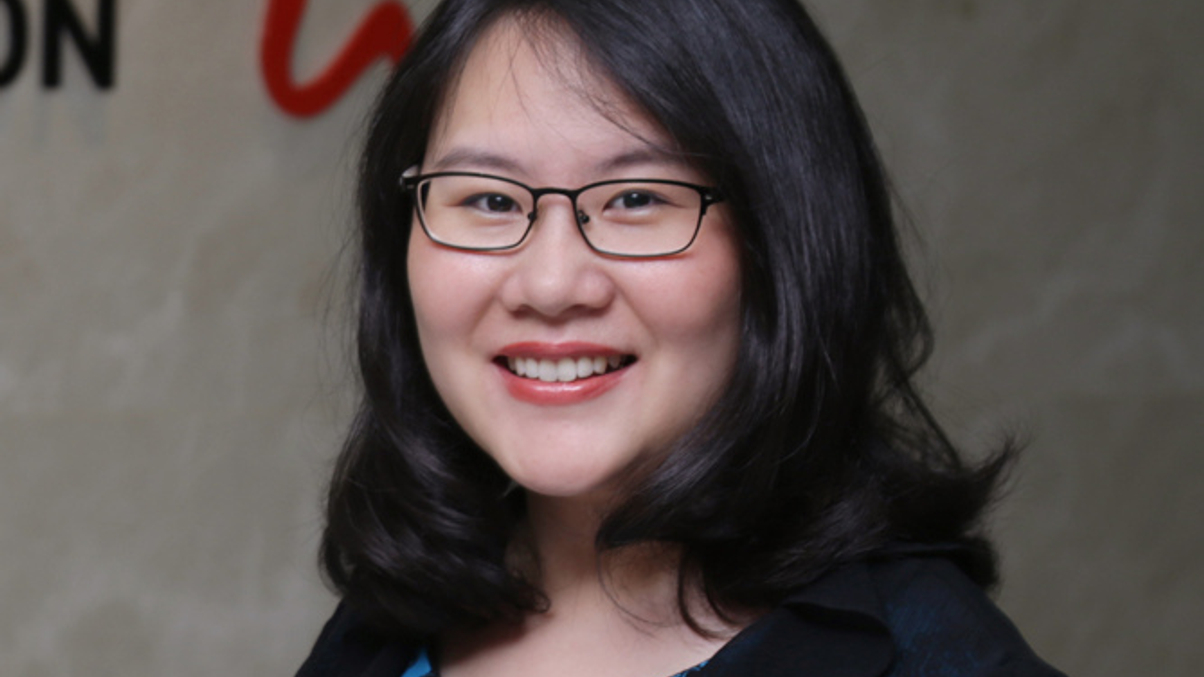State funds tipped to face big shortfalls
Sovereign investors in Asia in particular should be more focused on increasing their risk conviction than on building in-house capabilities, according to Towers Watson research.

Some of the biggest state investors are due to fall well short of fulfilling their liabilities based on their current asset allocations, according to analysis of interviews with 20 such entities by Towers Watson.
Sign in to read on!
Registered users get 2 free articles in 30 days.
Subscribers have full unlimited access to AsianInvestor
Not signed up? New users get 2 free articles per month, plus a 7-day unlimited free trial.
¬ Haymarket Media Limited. All rights reserved.


